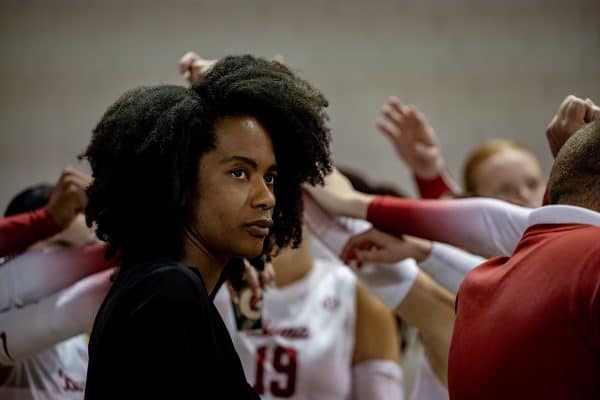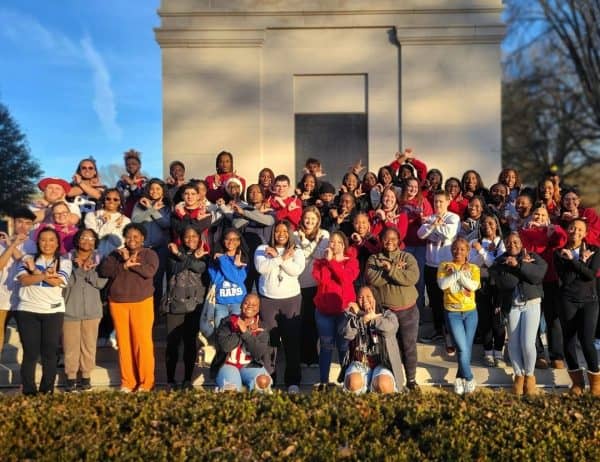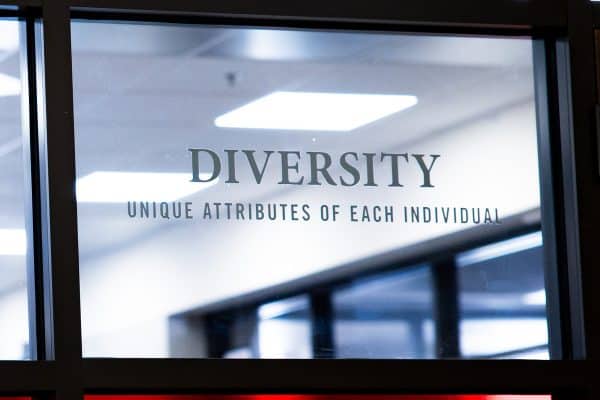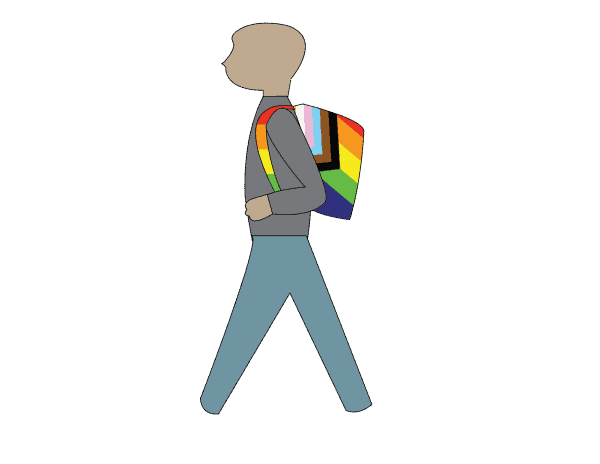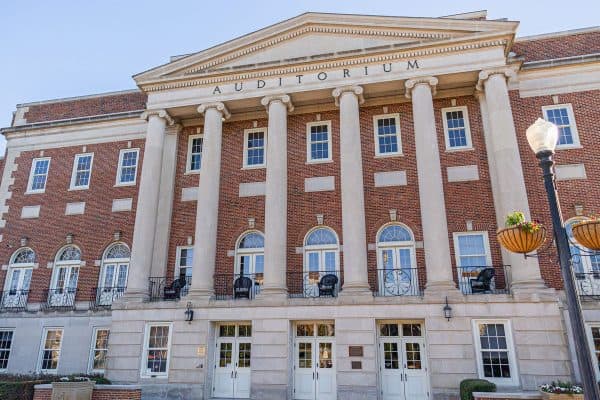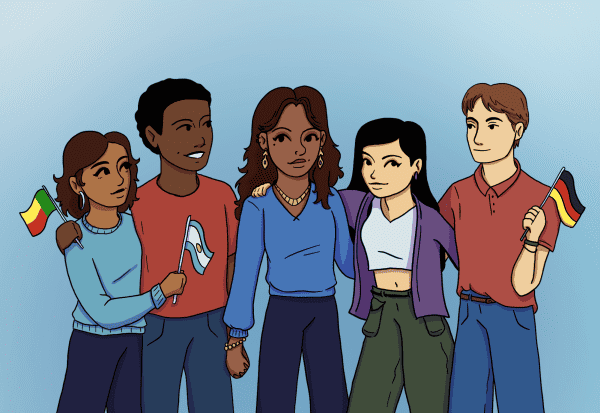Opinion | Diversity should go beyond Black and white
October 20, 2022
The University of Alabama has 32,593 full-time students on campus. The student population is 72.1% white, 10.3% Black, 5.5% Hispanic/Latino, 1.5% Asian and 3.4% are two or more races. Considering the size of the University, this is a staggering statistic.
While the majority of campus is white and a majority-minority is Black, there are still other minorities on campus that are important and vital to our campus community. It is also important to mention that no statistics have been taken regarding sexual orientation.
While white and Black students play a significant part on our campus, so do other students of a racial minority and those that identify as LGBTQ. It is essential to recognize their roles and experiences on the University’s campus to foster more campus enrichment. A great example of this is recognizing the student associations that exist on campus.
There is the Hispanic-Latino Association, Asian American Association and Queer Student Association just to name a few. Additionally, religious groups like Hillel Foundation and UA Vedic Society also have a presence on campus. These organizations host cultural events and participate in local and state-wide advocacy that may not always be recognized by the University. Through these student organizations, students of a racial minority or that identify as LGBTQ can find a safe place in their community.
Without communities like the Hispanic-Latino Association, the University seems to lack a sense of community for Hispanics and Latinos.
Isabella Torres, a sophomore majoring in psychology, said she believes that without the Hispanic-Latino Association, she would possibly feel isolated on campus.
Torres said she believes that if the University were to increase its depictions of Hispanics/Latinos on the University website, these communities would be more open to attending the University, thus bringing in a wider variety of diverse students and expanding these communities.
An example of the University taking a step in the right direction is the Path Forward Plan. The plan is a program through the Division of Diversity, Equity and Inclusion, working to improve diversity at the University through “subsequent actions” diversity.
The Division of Diversity, Equity and Inclusion wants to focus on creating a sense of belongingness in the campus community so underrepresented students can begin to see themselves represented at the University. The division has already launched various projects, like diversity recruiters for the University, a multicultural research guide for students of different races, genders or religions to gain access to resources in the Tuscaloosa community, and the creation of groups like Lucy’s Legacy and BRIDGE that focus on building communities for minority students.
Recently, a Multicultural Visitation Program University Day has been established, allowing students visiting the University to sit down and talk to culturally diverse faculty, staff, students and alumni. The program, taking place in November, will offer tours, scholarship information, a student Q&A session with current students and more.
“You do not just move your education to college, you move your life,” said G. Christine Taylor, vice president and associate provost for Diversity, Equity and Inclusion.
She advises students to “seek to develop authentic relationships and trust with people who are not like them so we can continue to grow and move forward as a campus.”
Without organizations like the HLA, Asian American Student Association, Queer Student Association and other similar groups, Alabama would lack its sense of community for diverse students that are not Black students. It is positive that the University is working towards bringing in more diverse students. Through the DEI Path Forward Program, it seems to be taking necessary steps toward broadening the minority students community.



